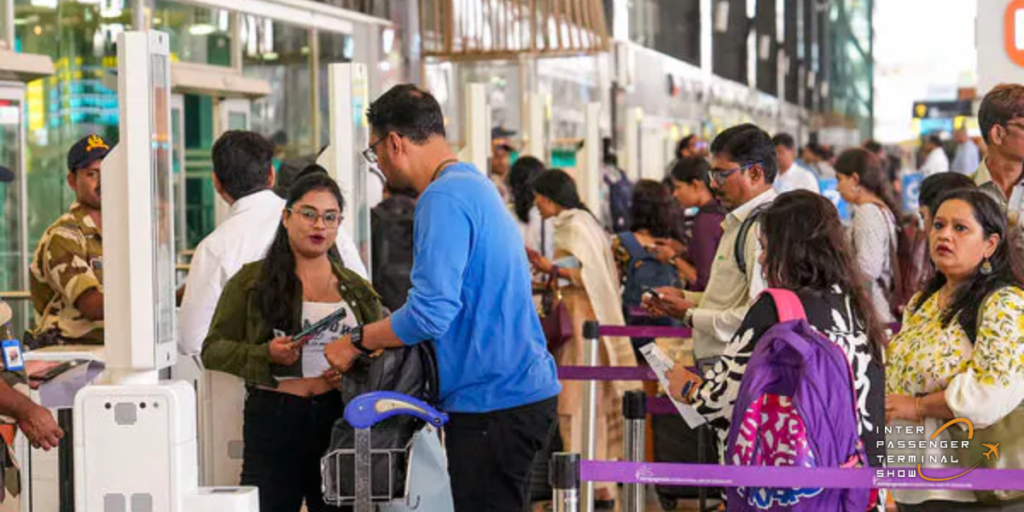India’s aviation sector continues to soar, with the Airports Authority of India (AAI) reporting steady growth in passenger traffic across the top 25 airports. Data for the first half of FY2024 reveals a 7.4% year-on-year increase in footfalls, totaling 19.69 crore passengers between April and September, compared to 18.33 crore in the same period last year.
Domestic Traffic Insights
Domestic travel, which accounts for the majority of passenger movement, recorded a modest 6% growth, with six metro airports contributing 58.5% of total footfalls. This marks a drop from previous years, highlighting the sector’s regional expansion. Among metros, Hyderabad Airport led the growth with an 11.6% increase, followed by Kolkata Airport (10.9%), Bengaluru Airport (8.6%), Delhi Airport (5%), Chennai Airport (4.8%), and Mumbai Airport (3.2%).
Non-metro airports also reported varied performance. Smaller airports such as Kullu Airport (95.8% growth), Vijayanagar (53.7%), and Rourkela Airport (81.9%) saw significant percentage gains, often attributed to the addition of new flights. Conversely, airports like Kushinagar Airport (-98.4%) and Rupasi Airport (-99.8%) witnessed sharp declines due to operators withdrawing services.
International Traffic Trends
International traffic outpaced domestic growth, increasing by 12% year-on-year. Notably, international footfalls now make up 18.8% of total traffic, a slight rise of 0.8%. Bengaluru Airport emerged as the fastest-growing metro in this segment with a 20.4% rise, followed by Delhi Airport (14.6%), Hyderabad Airport (12.5%), and Mumbai Airport (11.2%). However, Chennai Airport and Kolkata Airport recorded marginal declines in international traffic.
Regional airports also showcased robust growth in international footfalls, led by Vizag Airport (82.3%), Bhubaneswar Airport (72.5%), and Kannur Airport (30%). However, some airports, including Goa-Dabolim Airport and Srinagar Airport, experienced a decline.
Competitive Dynamics: Adani vs. GMR
The Indian airport industry is witnessing a competitive tussle between the Adani Group and GMR Group. In H1 FY2024, GMR Group airports handled 28.2% of all passengers, a slight increase of 0.2%, while Adani Group airports managed 22.9%, reflecting a 0.4% decline. The next phase of airport privatization, currently delayed, could reshape these dynamics.
Looking Ahead
India’s aviation ecosystem has evolved significantly, from neglected airports to world-class hubs. The focus now shifts toward fostering private investment in airport development while ensuring critical areas like air traffic control, security, and regulations remain robust. This approach is expected to drive further growth, enhancing connectivity and profitability across the sector.
Source: LiveMint

